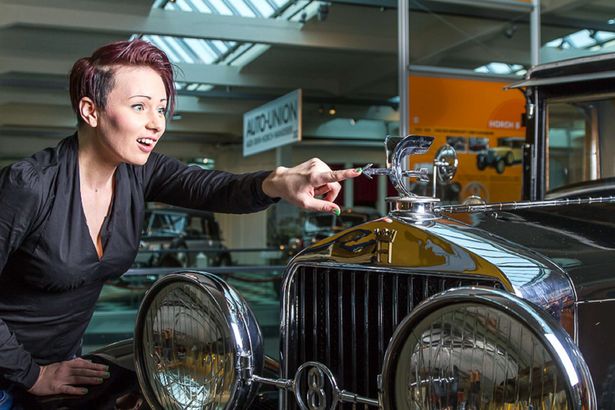Explore Saxony’s fascinating industrial heritage
From the late18th century to World War II, Saxony was Germany's leading industrial region.The affinity of the Saxons for technology goes back to mining, which started as early as in the 12th century. From Chemnitz, the „cradle of German engineering“, the process spread throughout the whole region and led to a very diverse industry with many world market leaders. Access to the markets was very easy since Leipzig was the leading trade fair location in the world. This golden age ended abruptly after World War II when Saxony had the misfortune of falling behind the Iron Curtain. However, Saxony remained the centre of industrial production in the GDR and one of the key industrial regions in the entire Eastern Bloc.
The German Reunification marked a completely new beginning, which brought an end to many things, but also opened up new opportunities. Important former industrial sites were preserved as museums where historic technology can often still be demonstrated. Other technical monuments, like some of the narrow-gauge steam train lines, the steamboats on the Elbe River or the aerial tram in Dresden, are still in daily operation. But the industrial age produced also other kinds of architecture like the villas of the rich industrialists or Germany’s first city, Hellerau, today part of Dresden. Explore Saxony's industrial history to learn all about traditional industries like mining, car construction, textile manufacturing and many others that are part of this region’s rich industrial history. Here’s just a selection of highly-recommended attractions:

